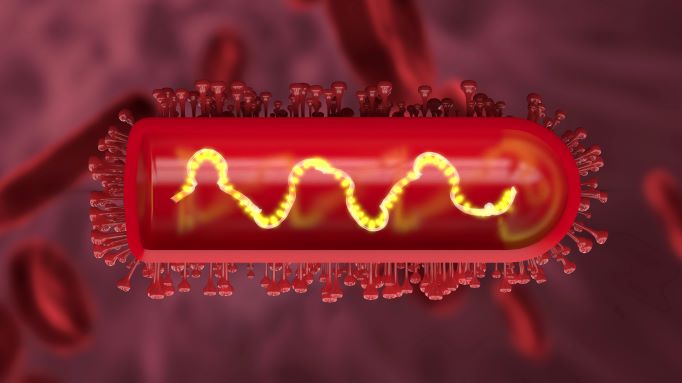 Rabies Virus Animal Testing
Rabies Virus Animal Testing
Lab Web Portal Online Test Ordering - Starting 7/24/2025 all rabies testing should be ordered through our online lab web portal.
Rabies Virus testing ranges anywhere from 150 to 350 animal samples per year, depending on the activity of animals throughout the year. Samples tested are from a variety of sources, including vaccinated and unvaccinated animals from human exposures and non-human exposures. All samples which test positive for the Rabies Virus are shipped to the Centers for Disease Control and Prevention (CDC) to verify the circulating strains in North Dakota.
Carbapenem Resistant Organism (CRO) Animal Testing
The CDC defines CRO as bacteria that test resistant to at least one of the carbapenem antibiotics ertapenem, meropenem, doripenem, or imipenem. For questions on collection and submission of a screening isolate contact the HHS Laboratory Services Section at 701-328-6272.
Mosquito Surveillance Program
The mosquito surveillance program operates each summer from Memorial Day to Labor Day, typically spanning approximately 14 weeks. Vector Control districts throughout the state collect, count, speciate, and test mosquitos weekly for disease. Mosquito surveillance looks for specific mosquitos known to spread diseases such as West Nile virus.
In conjunction with the mosquito surveillance program is the dead bird surveillance program. From Memorial Day to Labor Day, vector control personnel will submit samples from dead birds found throughout the state. As birds are the main food source for mosquitos, mosquito-borne illnesses have been seen to show up among dead birds before the human illness is detected.
The laboratory performs polymerase chain reaction (PCR) testing which amplifies the DNA of the following seven viruses: West Nile Virus, La Crosse Virus, Eastern Equine Encephalitis, Western Equine Encephalitis, Jamestown Canyon Virus, St. Louis Encephalitis, and Zika Virus.
Tick Surveillance Program
Tick Identification and Submission Form
There are two types of ticks commonly found in North Dakota, both of which are known to transmit diseases: Dermacentor variabilis (American Dog Tick) and Ixodes scapularis (Deer Tick). Ticks become active in the spring and continue being active throughout the fall. During these months, veterinarians, Game and Fish, Wildlife Services, and private citizens throughout the state submit ticks that have been found (primarily) on animals or on tick traps. The ticks are speciated and tested in the laboratory or by CDC using polymerase chain reaction (PCR). PCR amplifies the DNA of the following bacteria and viruses: Anaplasma phagocytophilum, Borrelia burgdorferi (Lyme Disease), Babesia microti, Ehrlichia, Powassan, Rickettsia rickettsii (Rocky Mountain Spotted Fever), and Francisella tularensis (tularemia).
